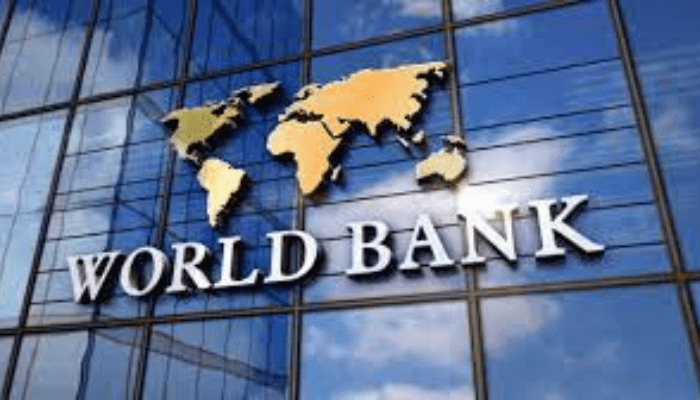Our Terms & Conditions | Our Privacy Policy
Nigeria’s GDP to grow by 3.6% in 2025 — World Bank
Nigeria’s Gross Domestic Product (GDP) is projected to strengthen to an average of 3.6 percent a year in 2025-2026, the World Bank has said in its latest Global Economic Prospects report for Sub-Saharan Africa (SSA).
On recent developments, the report explained that growth in Nigeria increased to an estimated 3.3 percent in 2024, resulting mainly from activities of the services sector, particularly in financial and telecommunication services.
“Macroeconomic and fiscal reforms helped improve business confidence. In response to rising inflation and a weak naira, the central bank tightened monetary policy. Meanwhile, the fiscal deficit narrowed due to a surge in revenues driven by the elimination of the implicit foreign exchange subsidy, following the unification of the exchange rate and improved revenue administration,” the World Bank said.
The bank however emphasised that following monetary policy tightening in 2024, inflation is projected to gradually decline, to boost consumption and support growth in the services sector, which continues to be the main driver of growth.
The report also projected that Oil production will increase over the forecast period but remain below the OPEC quota, a baseline forecast that implies that per capita income growth will remain weak ov ler the forecast period in view.
The economic prospects report also said that growth in Sub-Saharan Africa picked up from 2.9 percent in 2023 to an estimated 3.2 percent in 2024, signalling a 0.3 percentage point decrease projected in June, which reflects the ongoing violent conflict in Sudan as well as various country-specific challenges that impacted the region’s economic recovery last year.
According to the report, growth in the region is generally projected to strengthen to an average of 4.2 percent in 2025-2026, driven primarily by improvements in the outlook for industrial-commodity-exporting countries, including the region’s largest economies.
“However, high government debt and elevated interest rates have narrowed fiscal space, prompting fiscal consolidation efforts in many countries, while financing needs remain high. Despite the projected pickup in growth, per capita income gains will remain inadequate to make significant progress in reducing extreme poverty in the region. Risks to the outlook remain tilted to the downside. These risks include weaker global growth due to heightened uncertainty and the potential for adverse changes in trade policies; a sharper-than-expected slowdown in China; increased regional or global instability, such as an escalation of conflicts in Sudan and in the Middle East, which could drive up energy and food price inflation in the region; increased risk of government distress amid a possibility of higher-for-longer global interest rates; and greater frequency and intensity of adverse weather events.”
Read also: Rebasing GDP, CPI may not yield desired results – CFG
Combining the growth in the region’s two largest economies; Nigeria and South Africa, the report said their economies “rose to an average of 2.2 percent in 2024, supported by improved electricity supply in South Africa and higher oil production in Nigeria,” while in other countries in the region, growth edged up to 4.0 percent.
Against the backdrop of waning inflation, the World Bank report projected that a gradual easing of policy interest rates should bolster private consumption and investment in many economies in Sub-Saharan Africa during the forecast period.
Moreover, the report said that limited fiscal space, resulting from high debt levels and increased borrowing costs, will continue to affect government spending across the region, adding that fiscal balances are expected to continue to improve, though at a moderating pace.
“Primary fiscal deficits are, on average, forecast to close over the forecast period, with declining deficits in non- resource-rich countries and increasing surpluses in commodity-exporting countries,” the World Bank report said.
Images are for reference only.Images and contents gathered automatic from google or 3rd party sources.All rights on the images and contents are with their legal original owners.



Comments are closed.